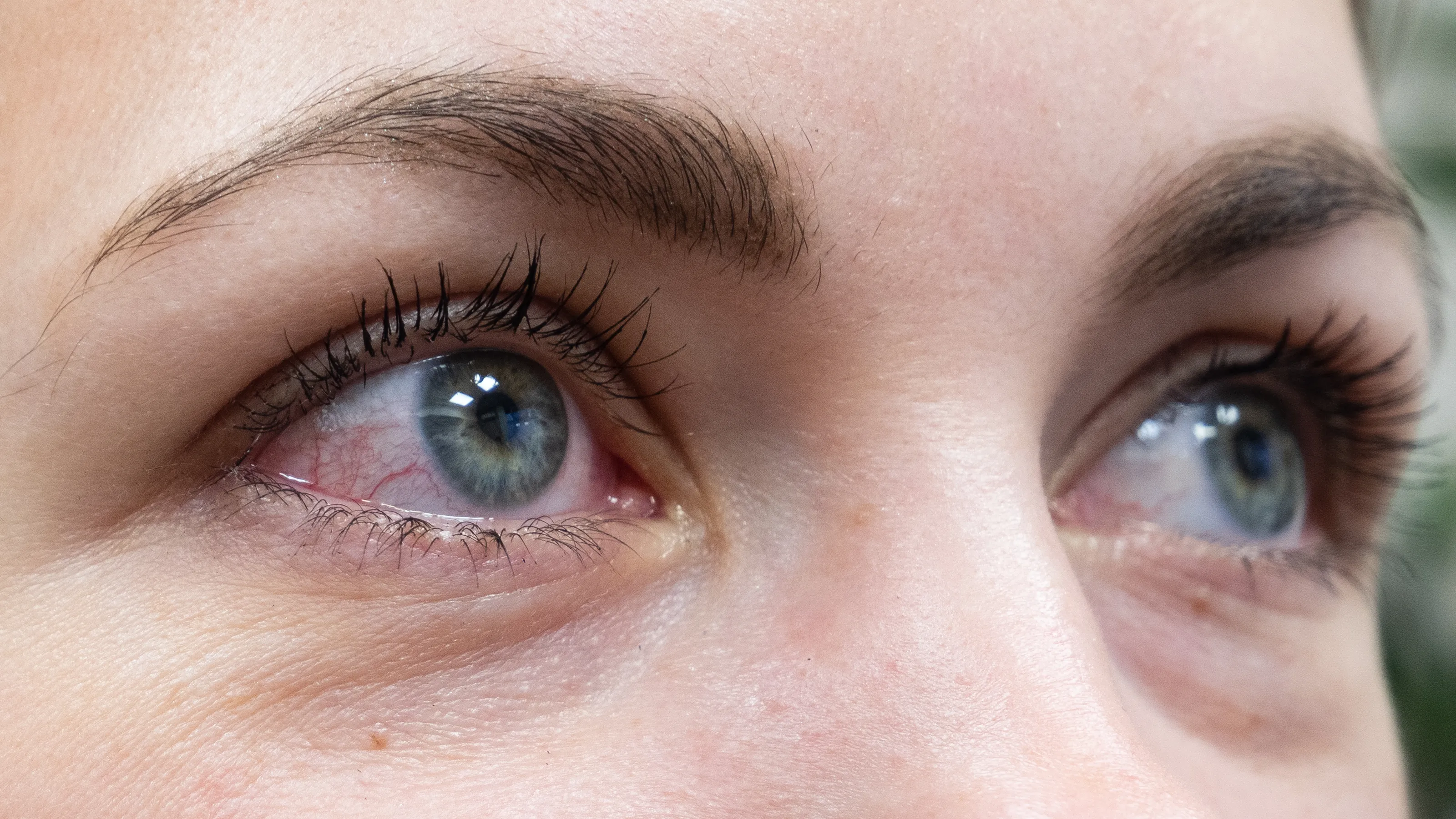A natural pigment that gives color to our skin, and the substance that protects our bodies from UV light, melanin has a huge impact on our health.
The three main forms of melanin in our body are pheomelanin, eumelanin, and neuromelanin.
A natural pigment that gives color to our skin, and the substance that protects our bodies from UV light, melanin has a huge impact on our health.
This pigment is synthesized in the human body by melanocyte cells and consists of numerous polymeric compounds like tryptophan, sulfur, histidine, nitrogen, tyrosine, hydrogen, and arginine. It is responsible for the hue of the skin. Its production is controlled by hormones and certain endocrine glands of internal secretion.
The central nervous system and brain also take part in the production of melanin. Melanocytes secrete melanin, which accumulates in the skin. All melanocytes have a connection with keratocytes, special cells of the epidermis located in the upper layers.
This allows the secreted melanin to rush upward and also penetrate the hair shafts and irises of the eyes. The more melanin synthesized, the darker a person’s skin, eyes, and hair. The three main forms of melanin in our body are pheomelanin, eumelanin, and neuromelanin.
Why Do We Need Melanin?
Melanin is not only responsible for our skin color but has many vital functions for our overall well-being. It protects the skin from the damaging effects of ultraviolet light and maintains the integrity of cell membranes. Melanin also strengthens the immune system and maintains some important biochemical reactions in our body.
Melanin has an adaptogenic effect and ensures the adaptation of the body to stressful situations. How much melanin do we need? Well, there are no certain norms. The amount of melanin we need depends on the nationality and climatic conditions of the region of residence. People who belong to the Caucasoid race, which includes most people living in European countries, have not a very intense synthesis of melanin.
People who belong to the Negroid race, have melanocytes in the upper layers of the dermis. That’s why their skin gets a characteristic dark color. Interestingly, darker skin color is a kind of defense mechanism due to the constant exposure to ultraviolet light.
Melanin production can decrease for various reasons such as hereditary genetic diseases, hormonal malfunctions, avitaminosis, chronic stress, age-related changes due to aging of body tissues, and lack of ultraviolet light.
Decreased melanin levels affect the hue of the skin, eyes, and hair. They make them very light-colored and highly susceptible to the negative effects of ultraviolet light.
Violation of melanin synthesis can manifest itself in the form of lightning irises, skin discoloration, or the formation of light spots, which are called vitiligo.
If the pigment is either not synthesized by the body at all, or is present in the dermis in minimal quantities, we speak of albinism. Albinos have white hair, eyebrows, and eyelashes, very light-colored eyes, and almost white skin. However, melanin deficiency also affects health and causes visual and hearing impairment, and decreased immunity.
Melanosis develops when melanin levels in the skin tissue increase, and it comes in two main types. Sometimes if the body produces increased amounts of melanin, melanin enters those organs and tissues in which it should not be. For example, melanin accumulates in the esophagus, mucous membranes of organs, and intestines.
How To Normalize The Melanin Level?
To reduce the amount of melanin produced, it is enough to put in order the hormonal background and limit your time spent under direct sunlight. It is also essential to protect the skin during tanning by using specialized sunscreens. If your body doesn’t produce enough melatonin, then you can act in different ways, depending on the level of pigment. Here are some of :
1. Healthy diet (normalization of nutrition)
Products themselves do not contain melanin, but they contain substances that form pigment or stimulate its synthesis in the body. First of all, these are amino acids tryptophan and tyrosine. Get them from fish and meat, offal, seafood, nuts, legumes, and greens.
You also need food with vitamin A, which is present in orange berries, vegetables, and fruits including apricots, sea buckthorn, carrots, oranges, and pumpkin. Moreover, foods that are rich in antioxidants, vitamin E, and vitamin C can also boost the production of melanin. Start incorporating nutritious foods into your daily life in small steps.
For example, when taking a break from gambling at live bet, make a healthy and nutritious snack: whole-grain bread + leafy vegetables + salmon.
2. Healthy lifestyle
Walking in the fresh air, and physical activity are very useful. And give up bad habits, including smoking and drinking alcohol.
3. Taking medications
Some medications and supplements also stimulate the production of melanin. The doctor prescribes them if the melanin level is too low, under the critical level. Before taking these medications, study the instructions attached to the dietary supplements, and do not forget to talk with your healthcare practitioner.
In addition to means for ingestion, you can find melanin supplements in the form of gels, ointments, and creams. Such gels and creams contain amino acids and other components that stimulate the production of this natural pigment.
As you can see, we can’t live without melanin. It is not only the underlying reason for our skin color but also an important substance that has a wide range of health benefits.



